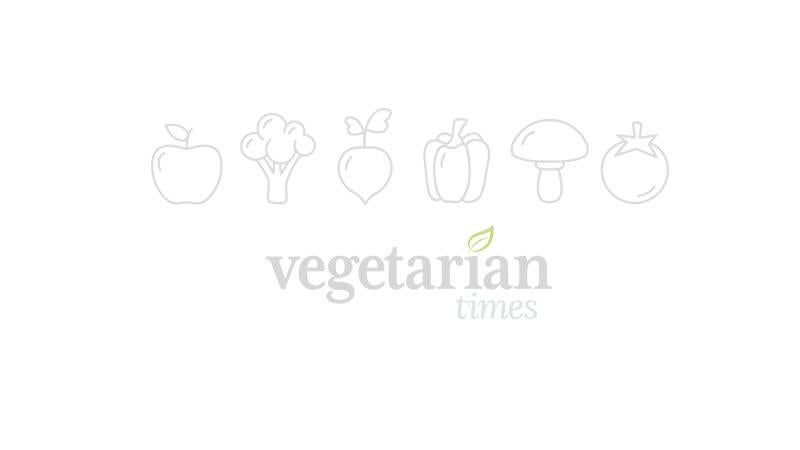Edible Gardening 101: Potting Soil Primer

The secret to a healthy container garden is starting with good potting soil.
Container grown plants need potting soil, but they definitely do not require a mix that contains time-released chemical fertilizers and superabsorbent polymers—ingredients that many common brands include. When you’re shopping for “potting soil” it is important to understand that this term is a bit of a misnomer. Most potting soils do not actually contain garden soil, because it tends to compact and drain poorly when placed in a container. Instead they contain a blend of ingredients designed to provide nutrients, keep the roots moist and drain well.
Compost and composted manure are often added to potting mixes because they contain vital plant nutrients and beneficial microorganisms, and they help the mix retain water.
Peat moss is added both as lightweight filler and because it acts like a sponge—absorbing water and then releasing it to the plants’ roots as they need it. Unfortunately peat moss is rapidly becoming a depleted resource. Look for mixes that contain a high percentage of coir, which is made from coconut fibers. I do not buy mixes that contain superabsorbent polymers, as they are often made from petroleum and are totally unnecessary.
Pumice and perlite are volcanic rocks that are added to mixes to increase drainage and aeration. Vermiculite is another common ingredient used to lighten mixes, but I avoid it because it is often mined in conjunction with asbestos.
Fertilizer. Tons of potting mixes, including certified organic blends, come pre-mixed with fertilizer. I avoid buying these because I would rather add in my own fertilizer.
When you’re ready to plant, try this strategy: Buy a bag of potting soil that contains the fewest ingredients. In a wheelbarrow, mix 3 parts potting soil to 1 part compost. Then stir in a granulated organic fertilizer (I like Espoma’s Biotone Starter). Pre-moisten the soil until it feels about as damp as a wrung out sponge. Fill the container to within an inch of the rim with potting soil, plant your seedlings, and then water them in!
Willi Galloway is the author ofGrow Cook Eat: A Food Lover’s Guide to Vegetable Gardening, and she writes about organic vegetable gardening and seasonal cooking on her blog,DigginFood.